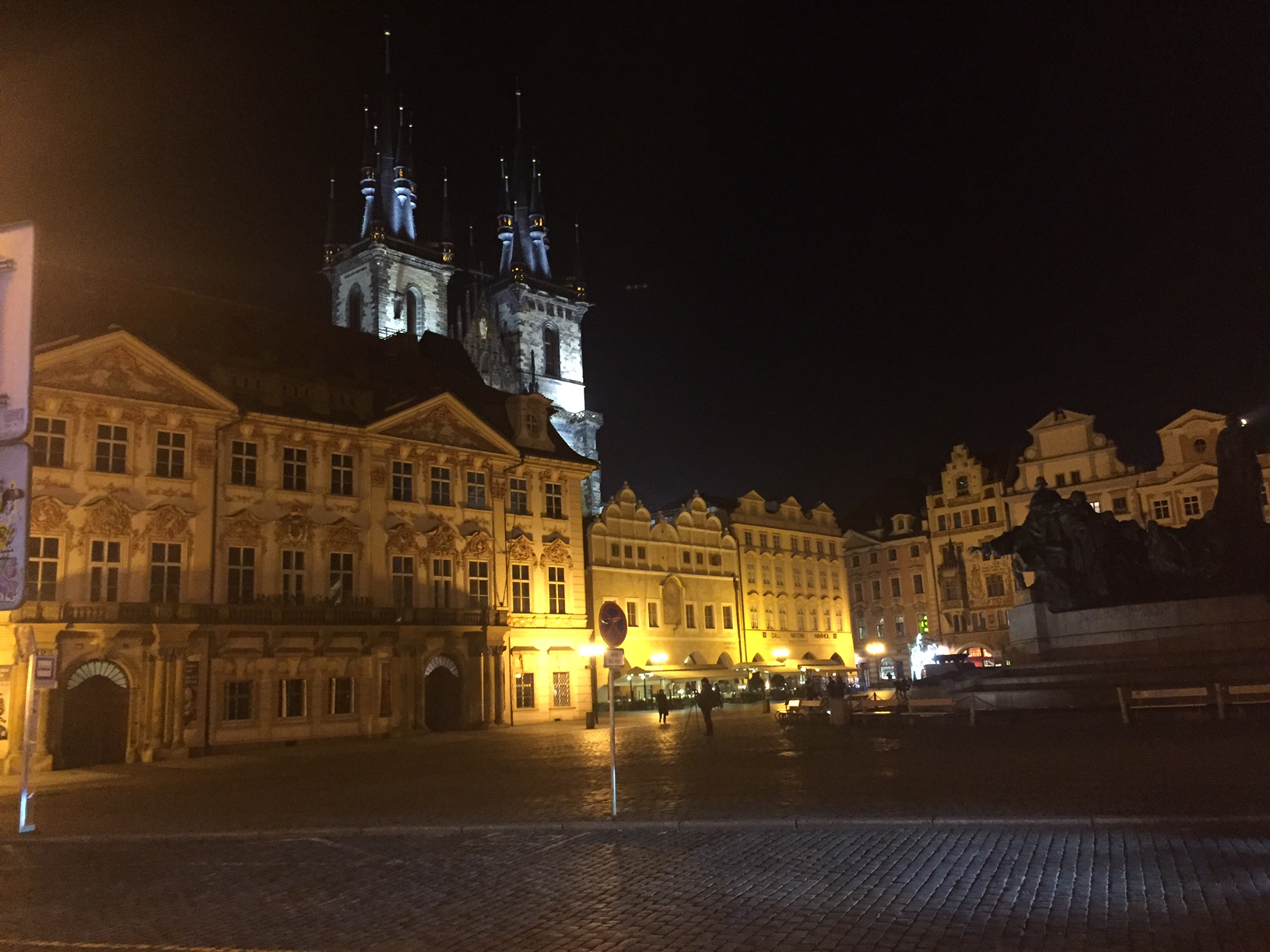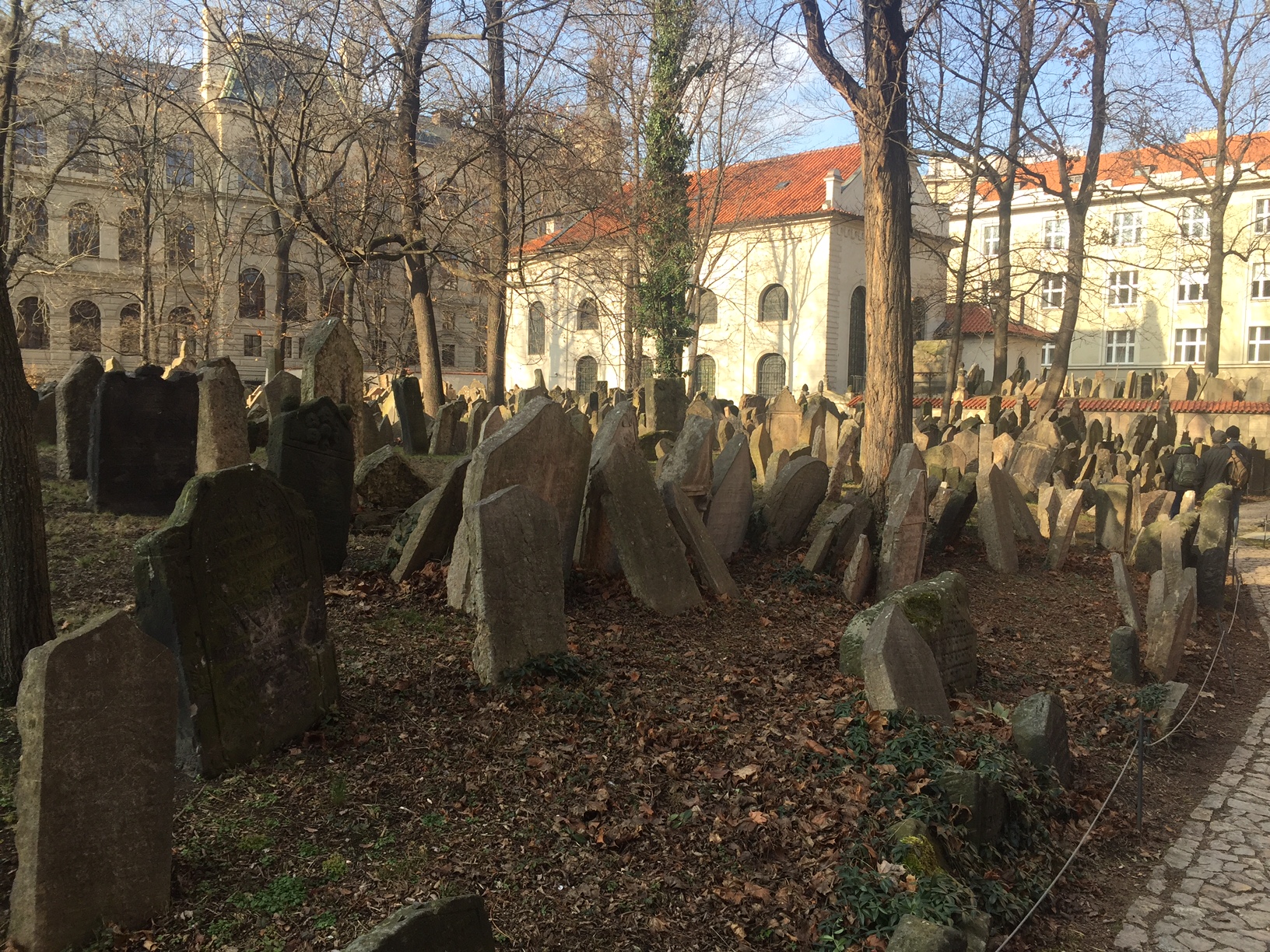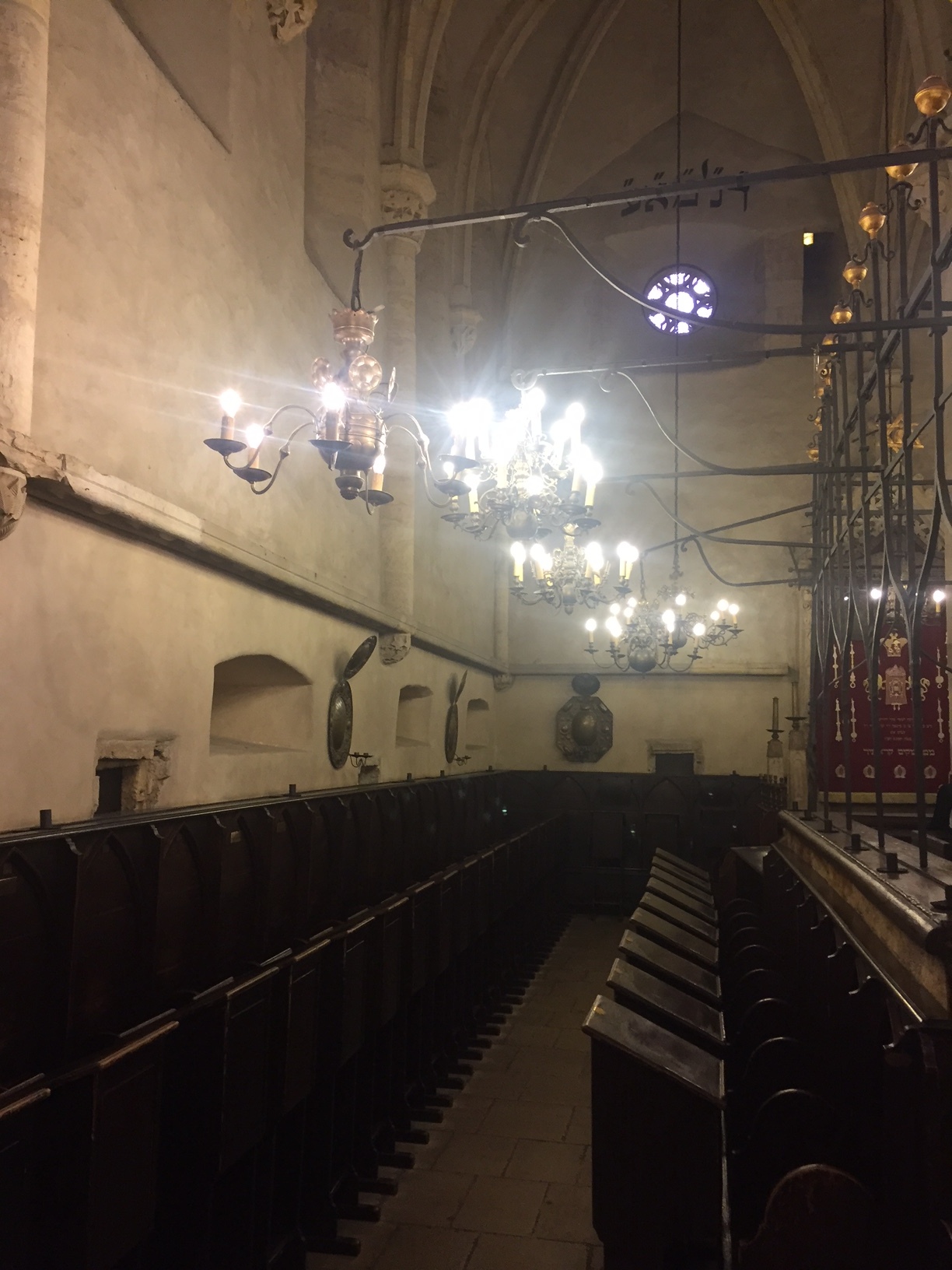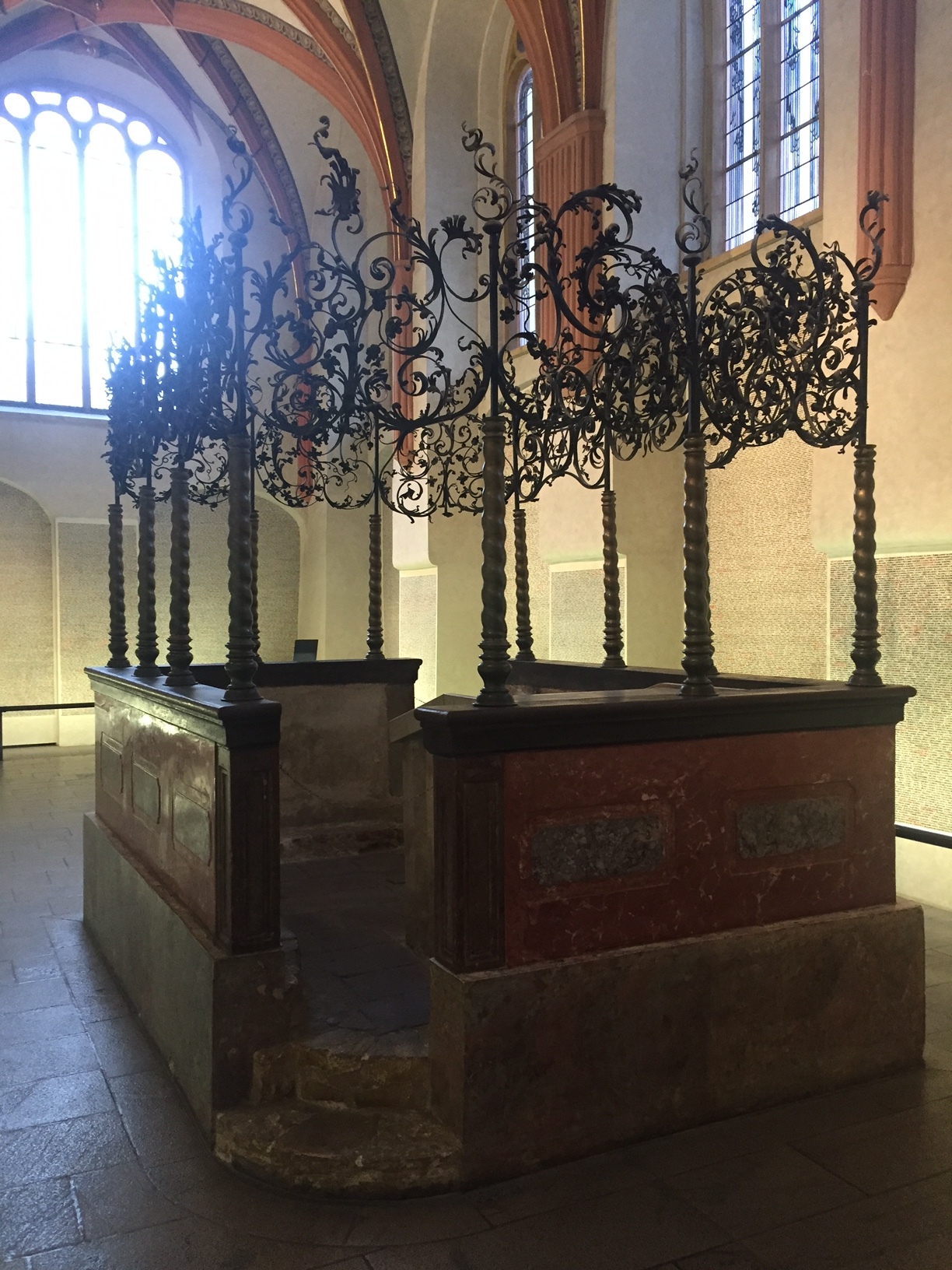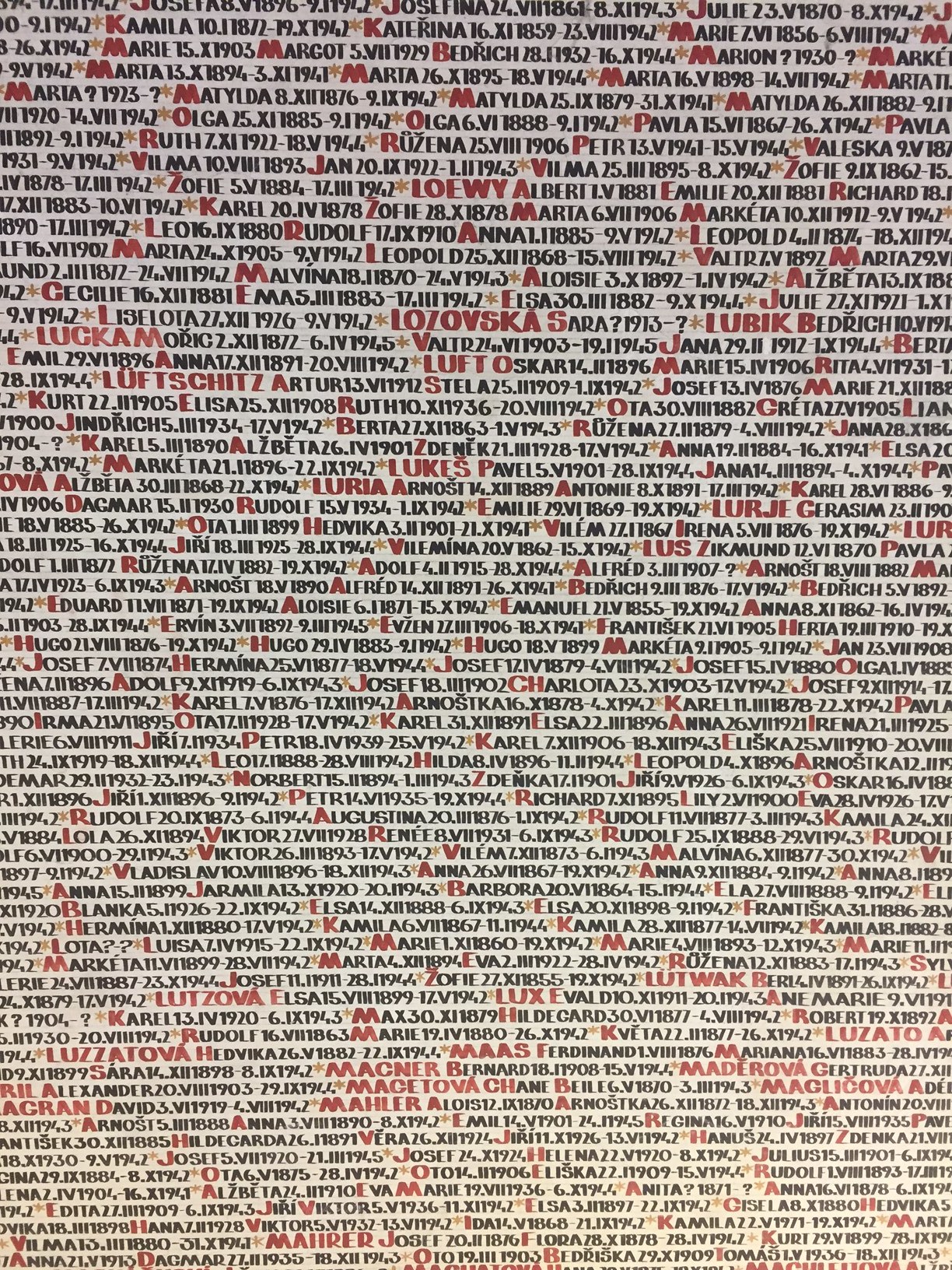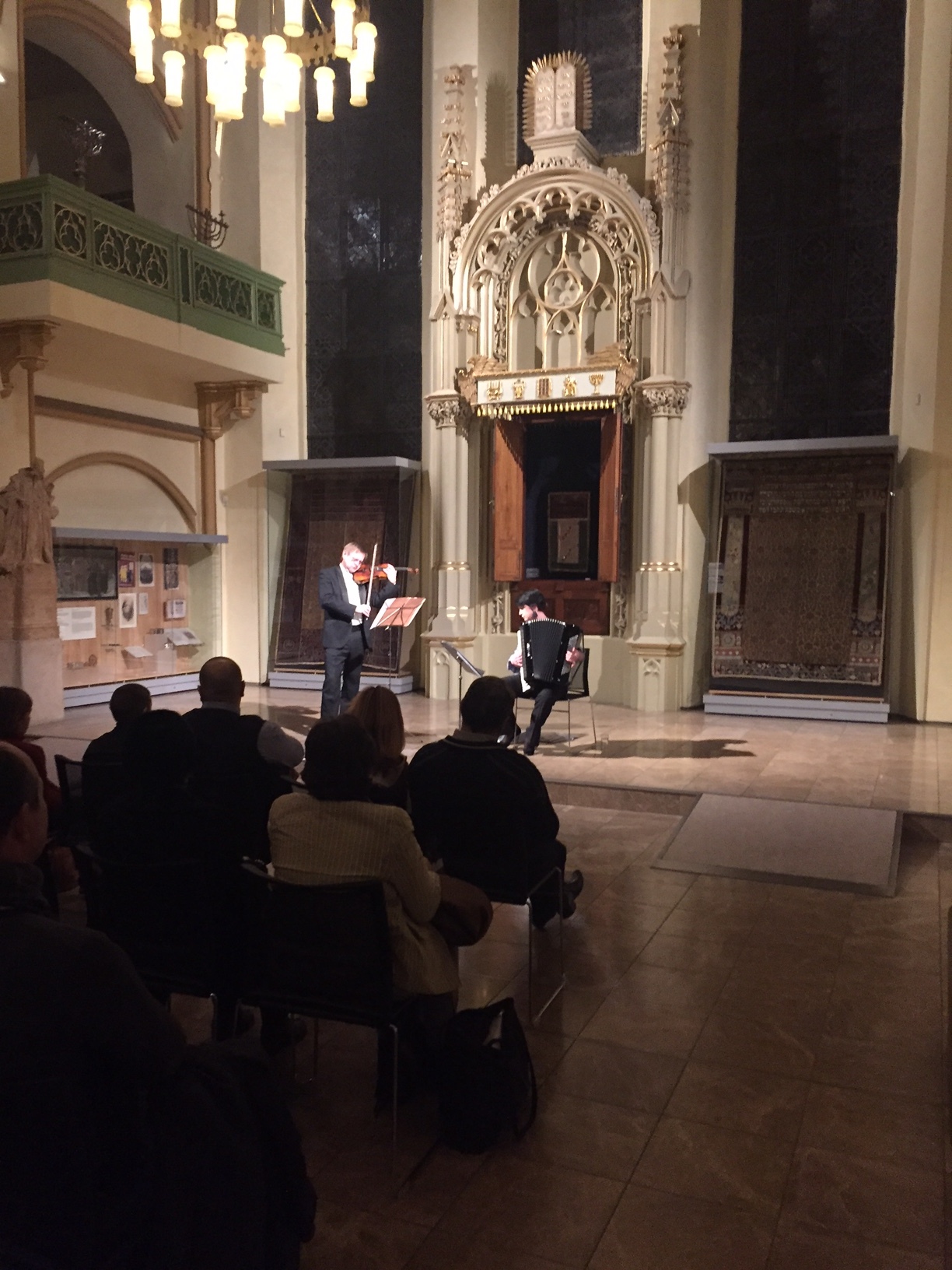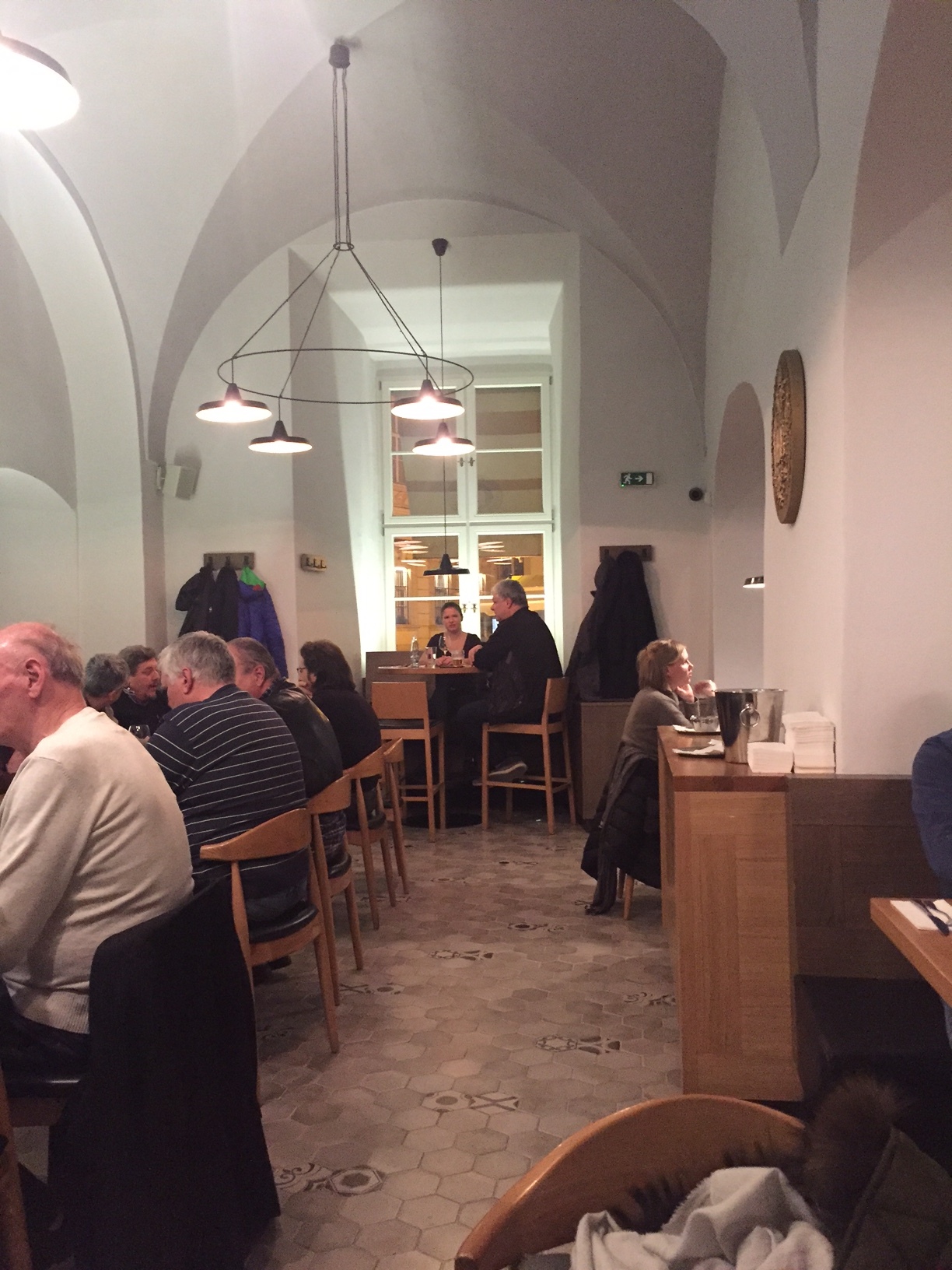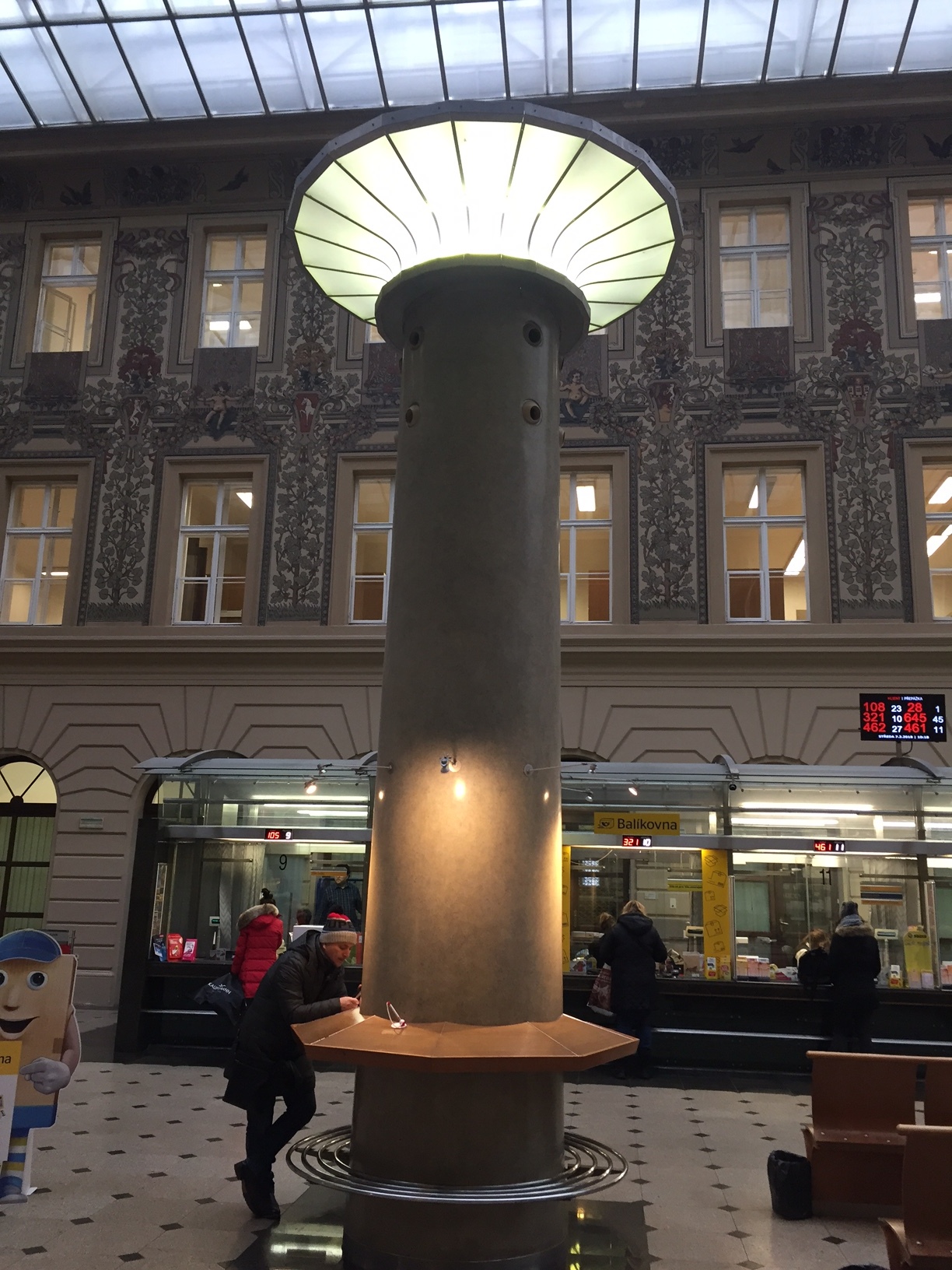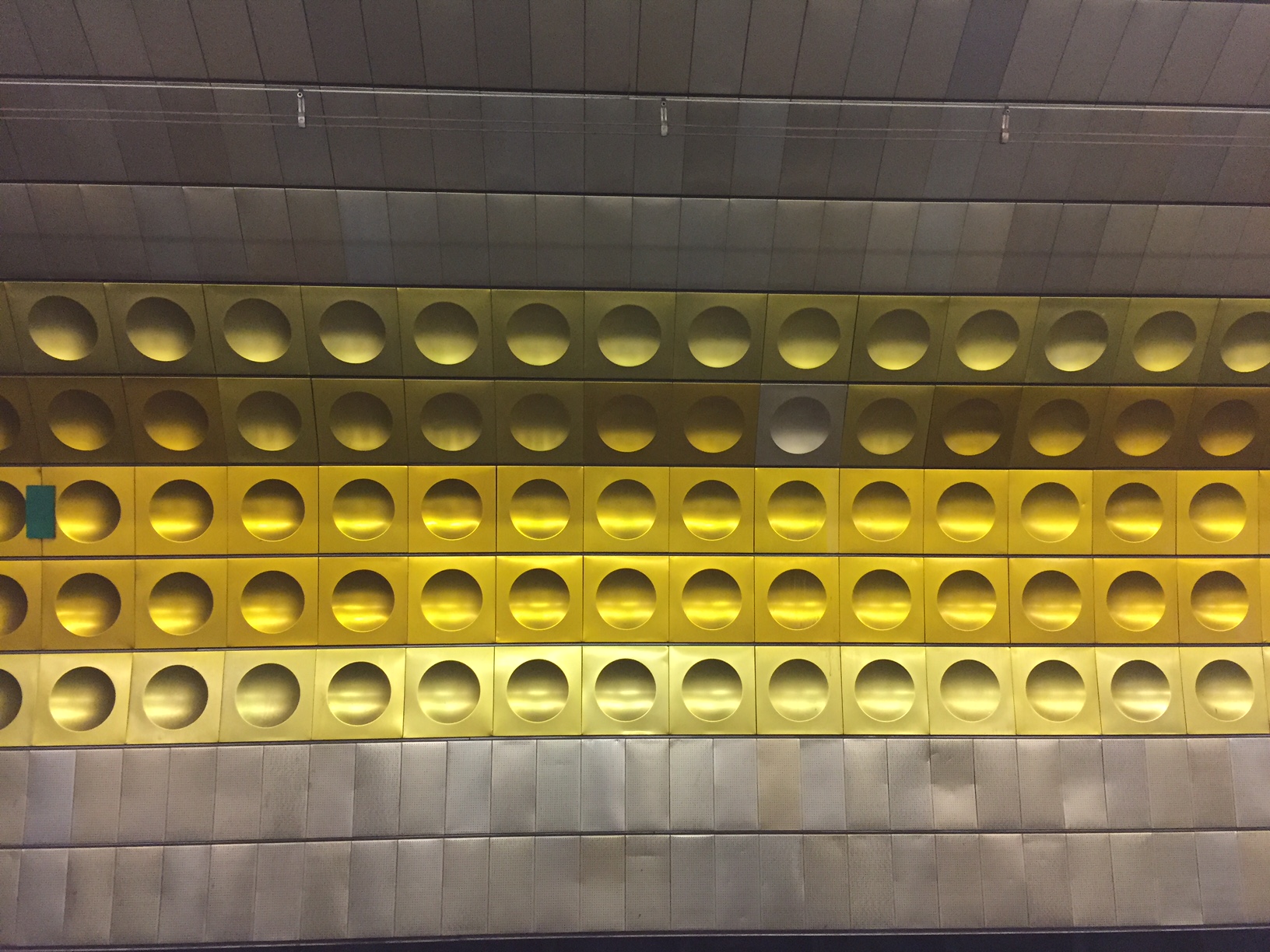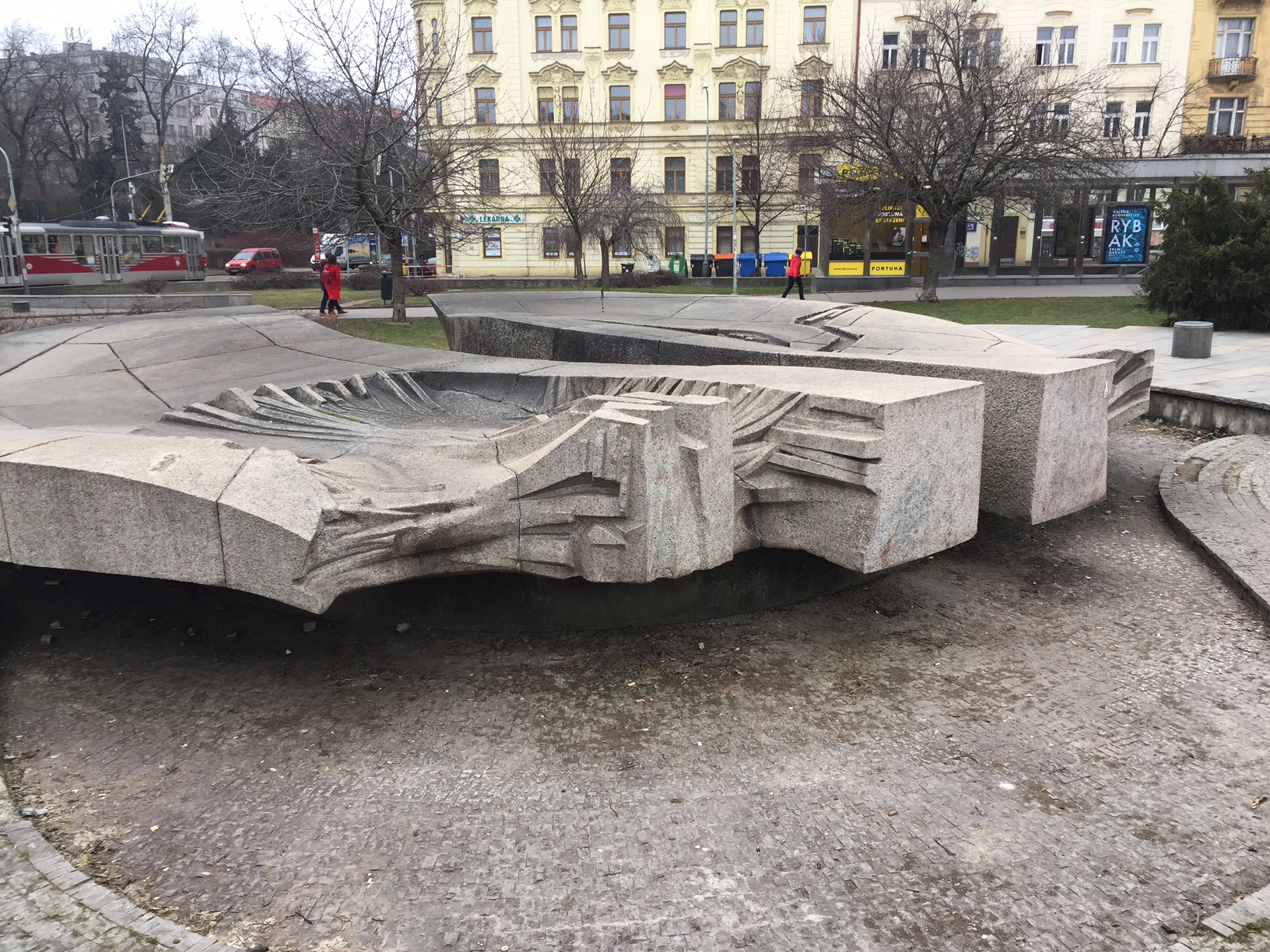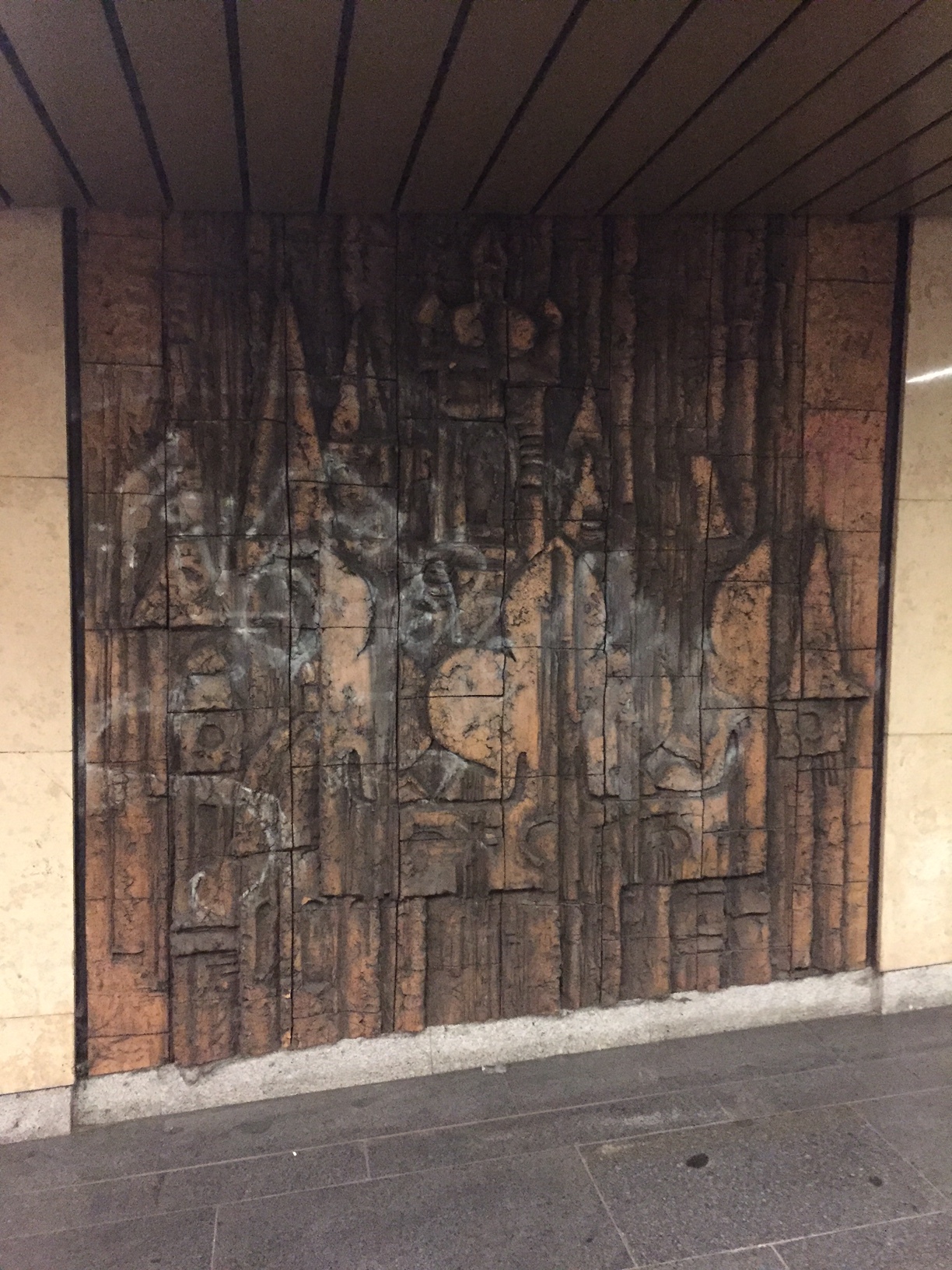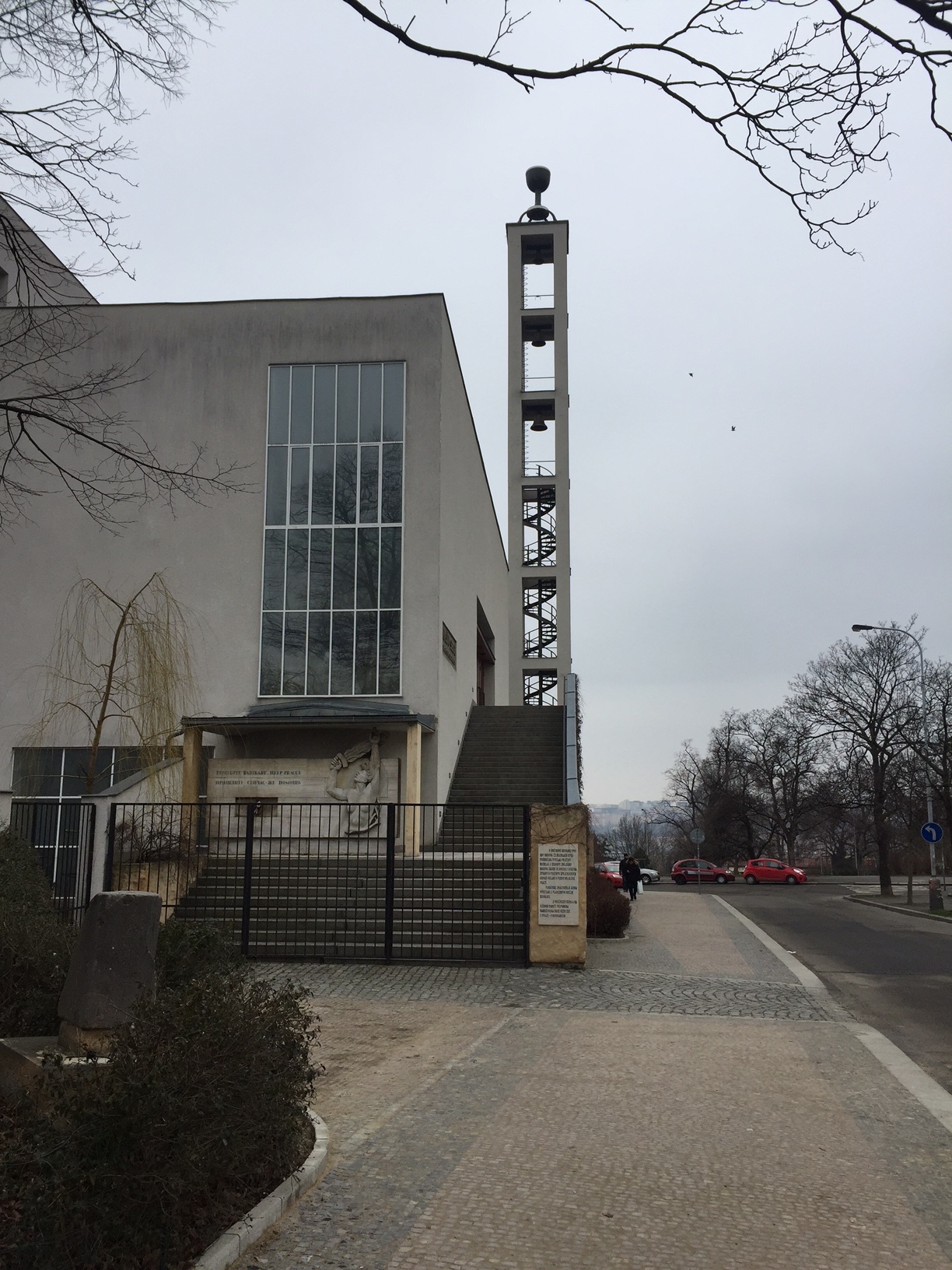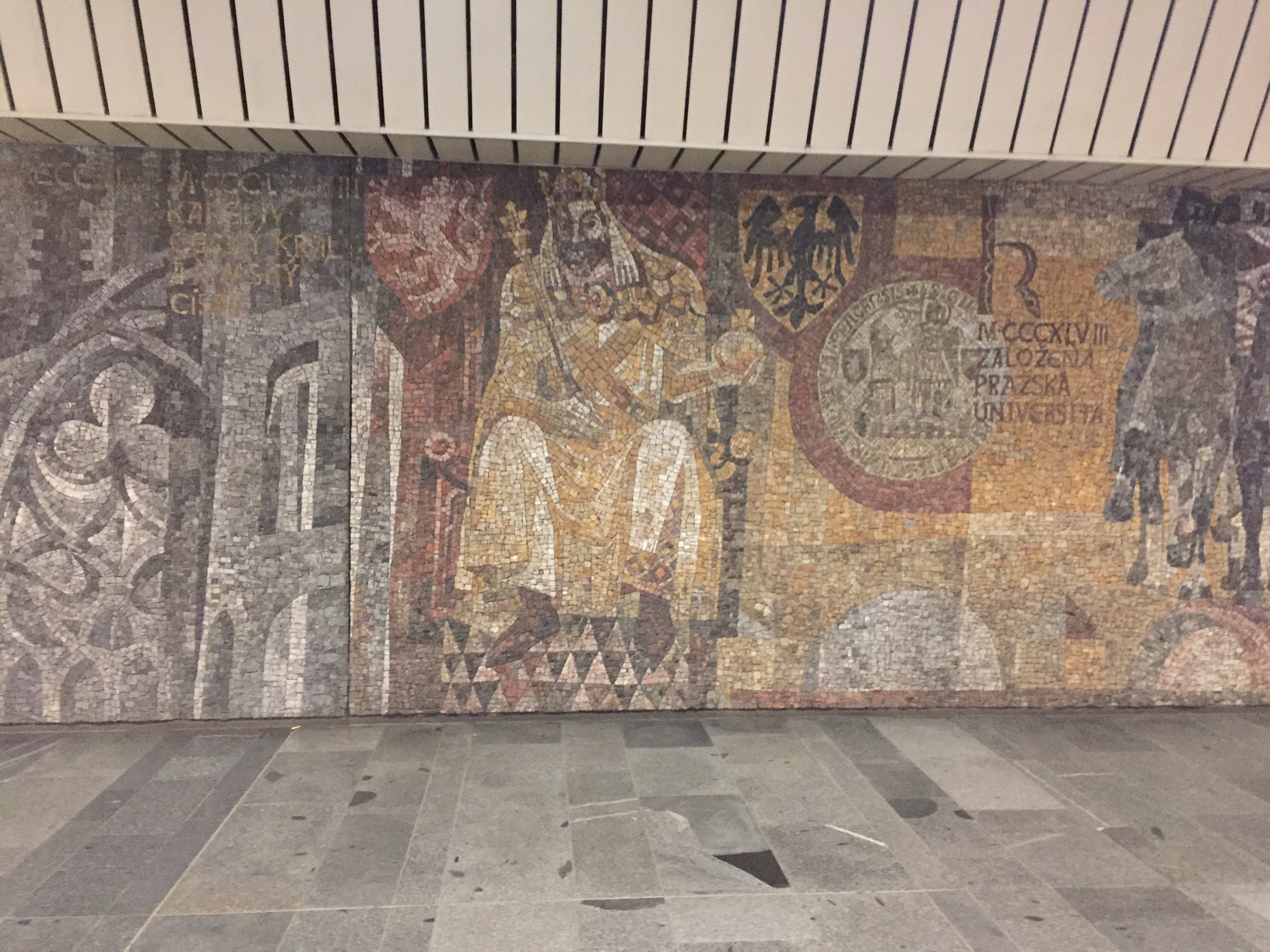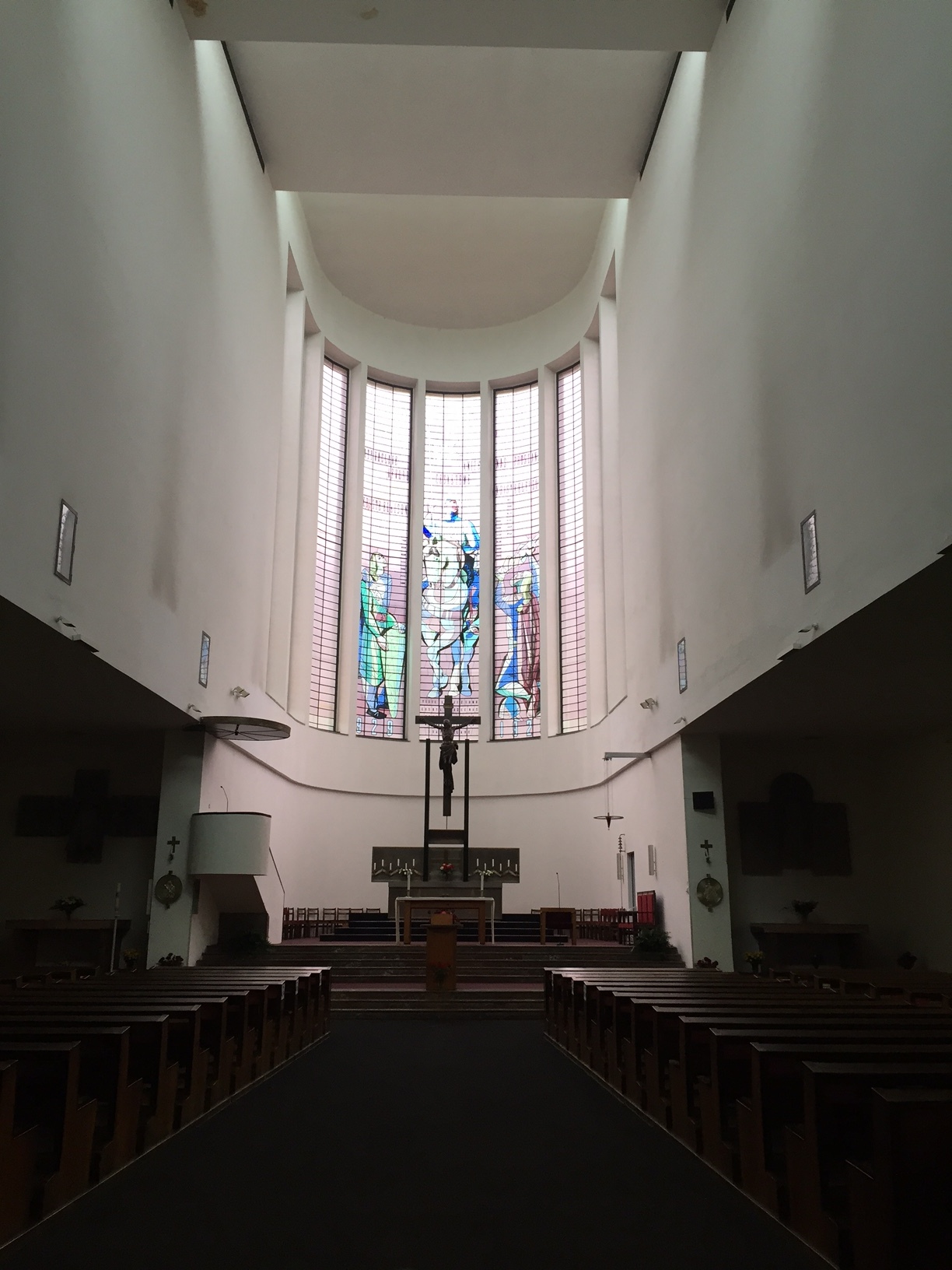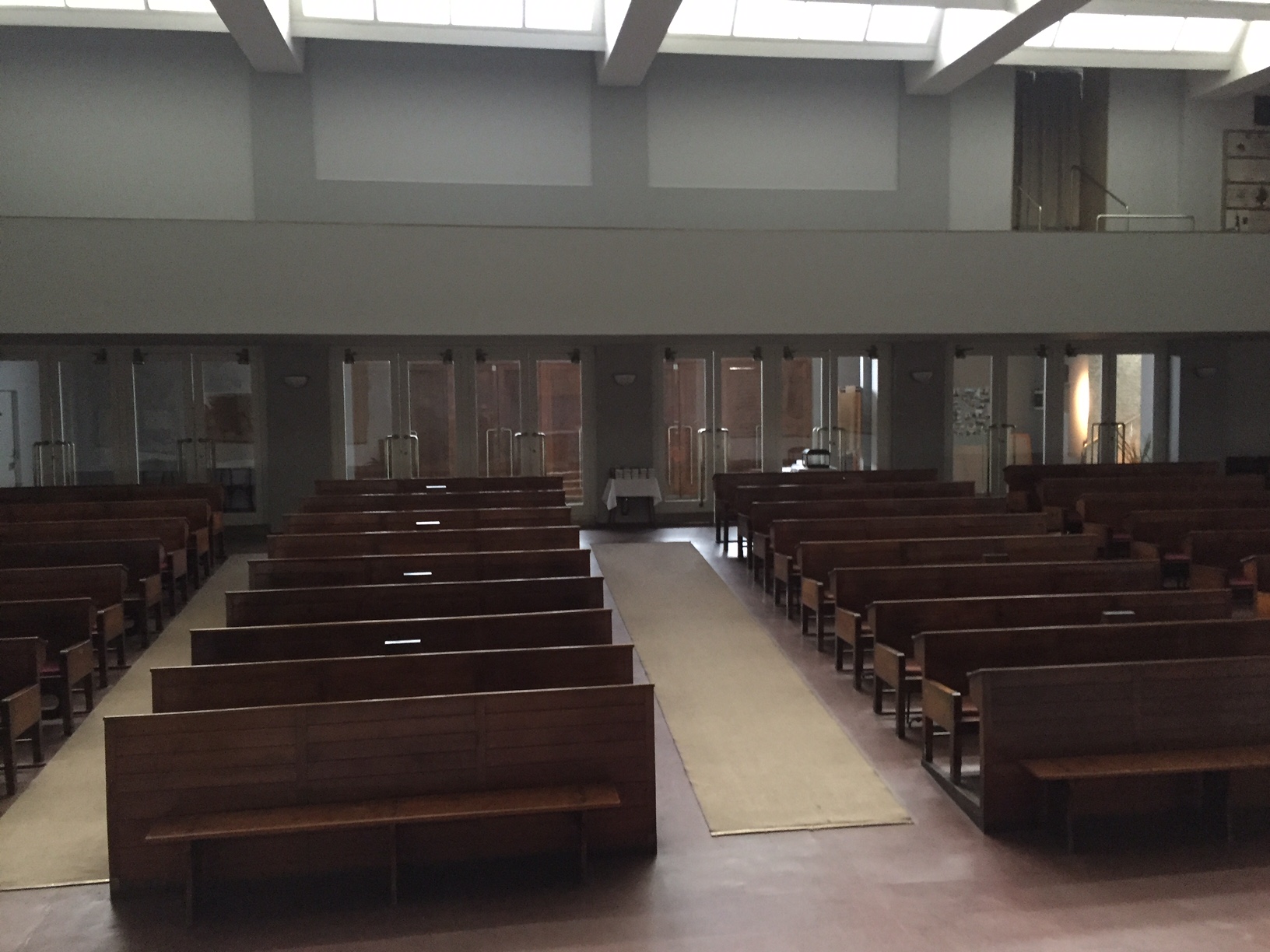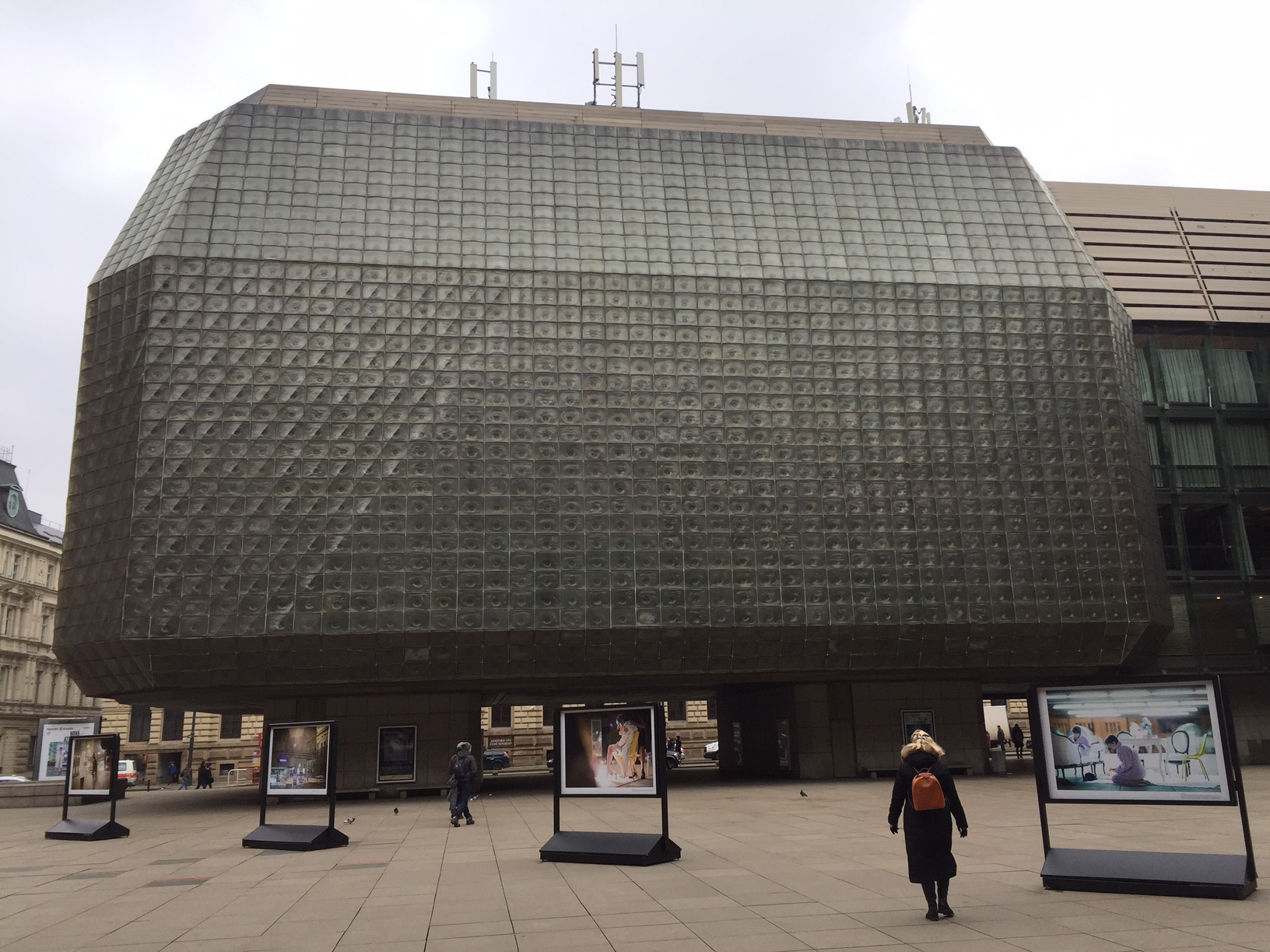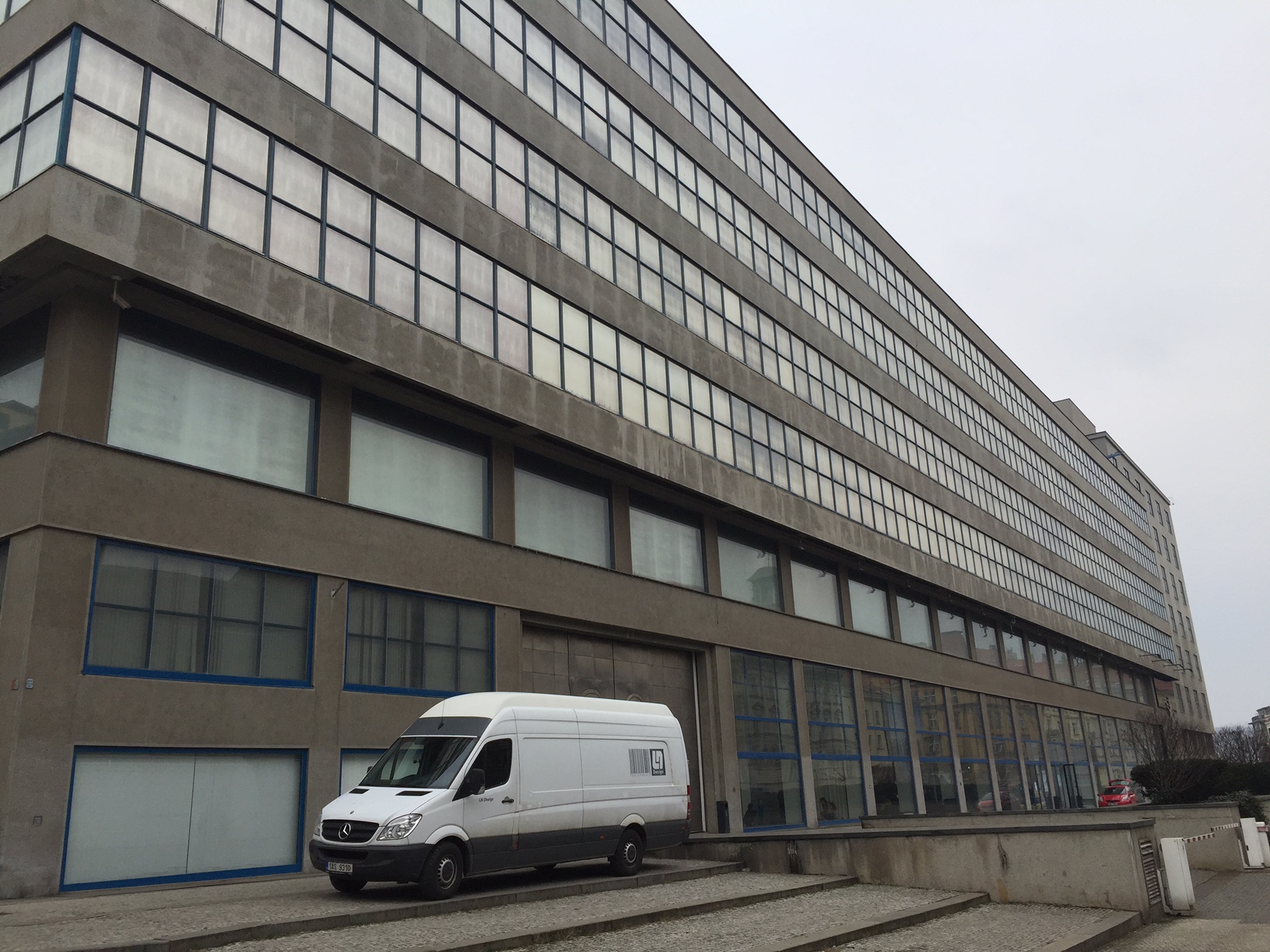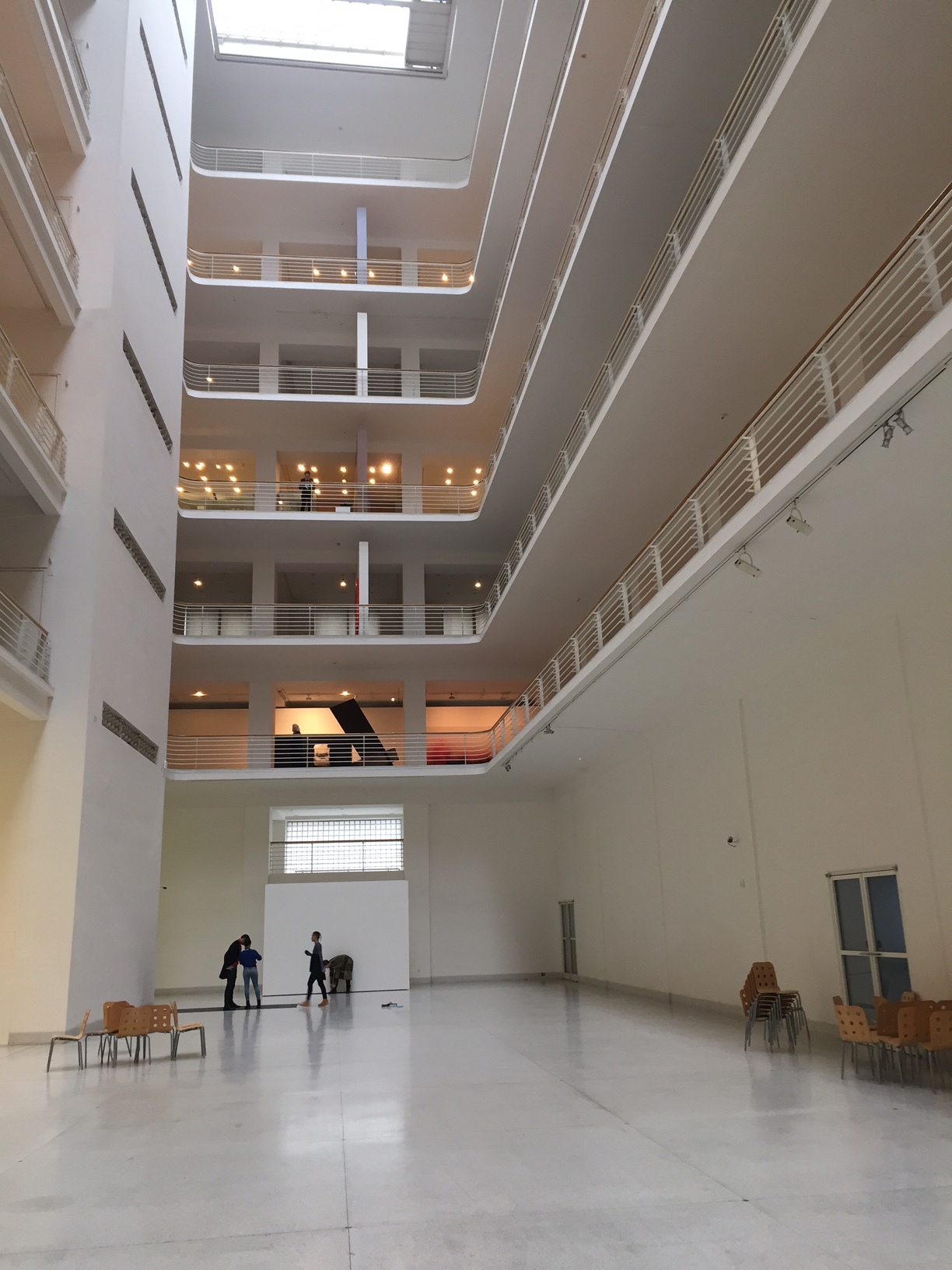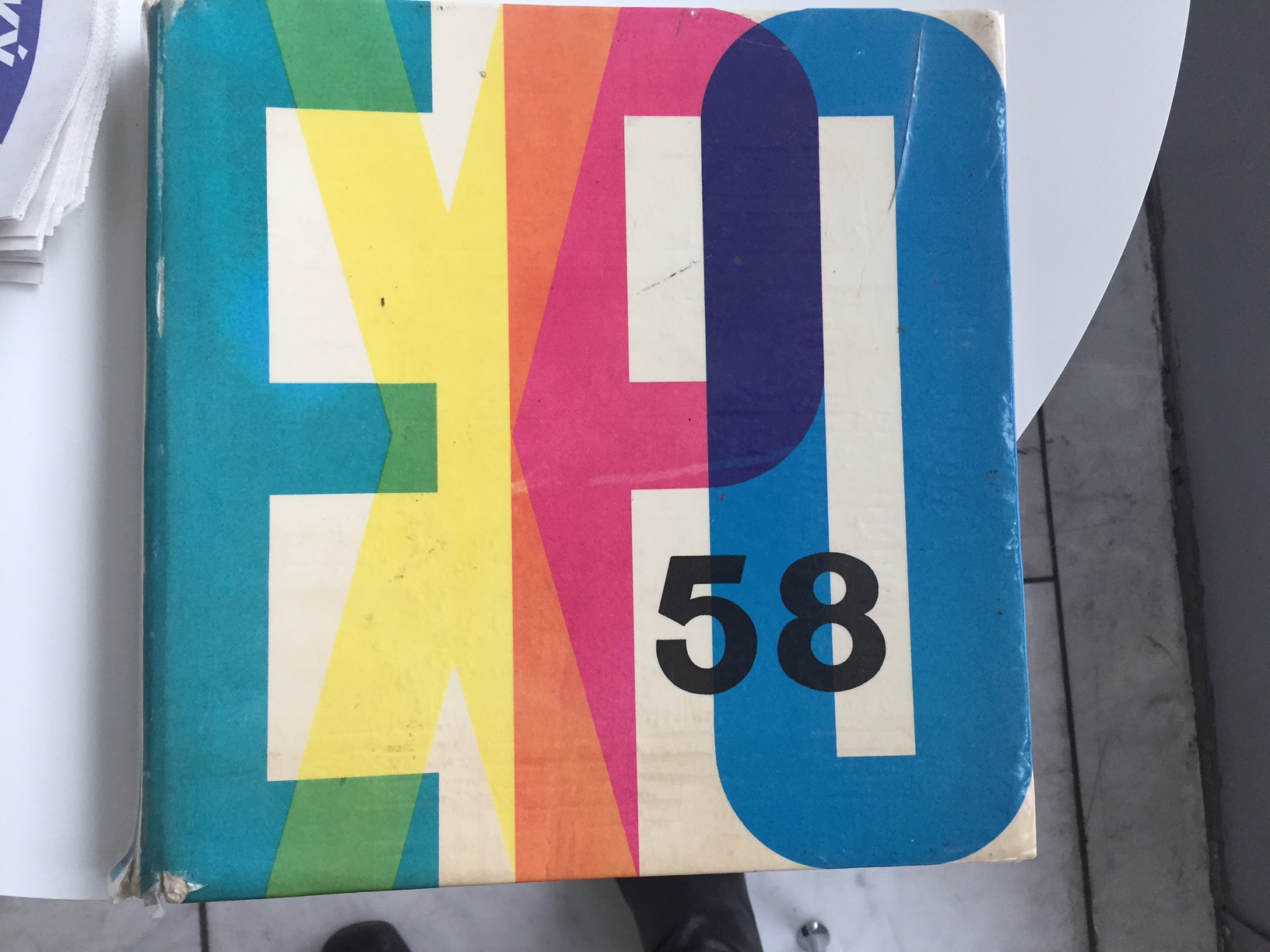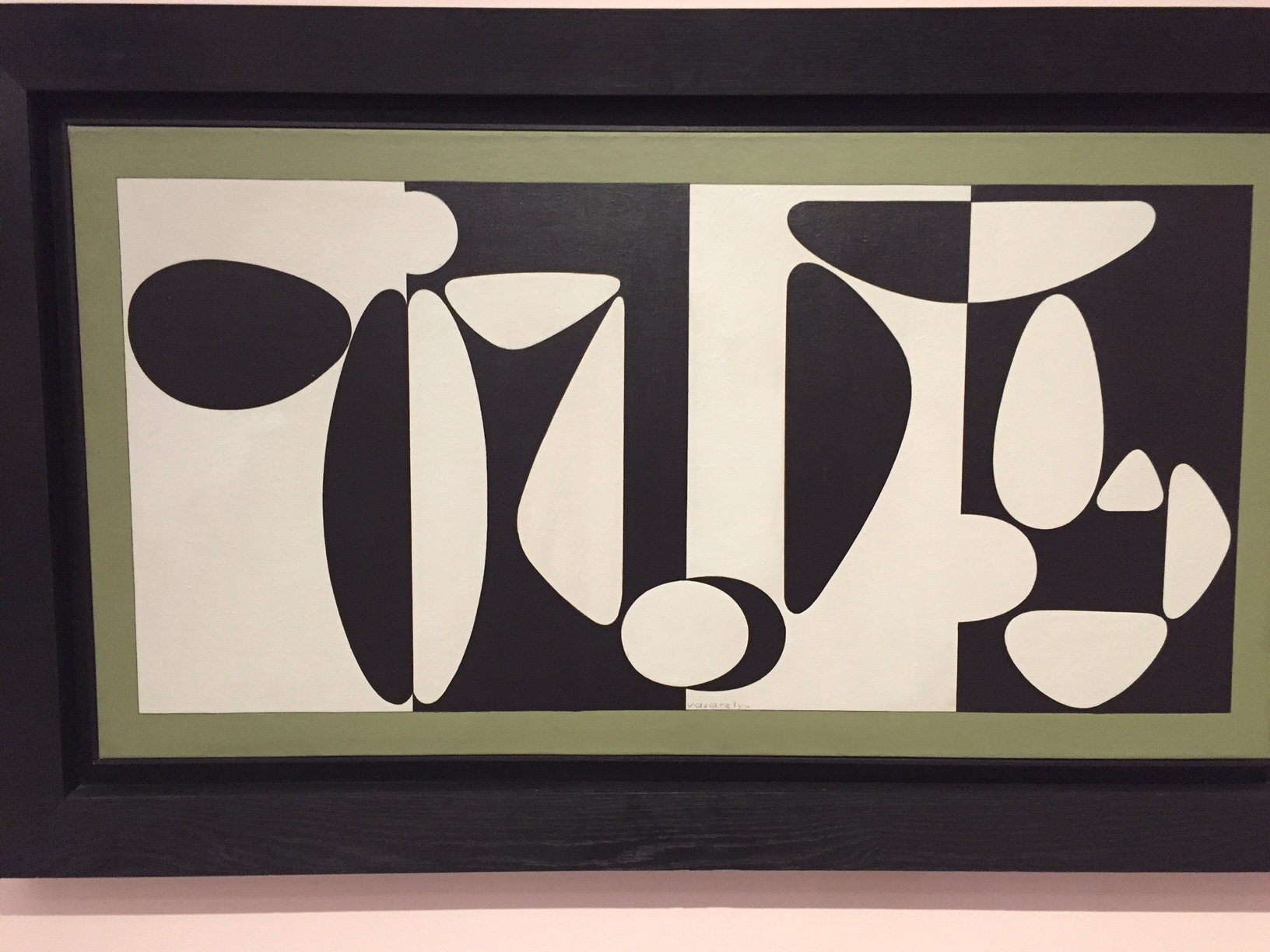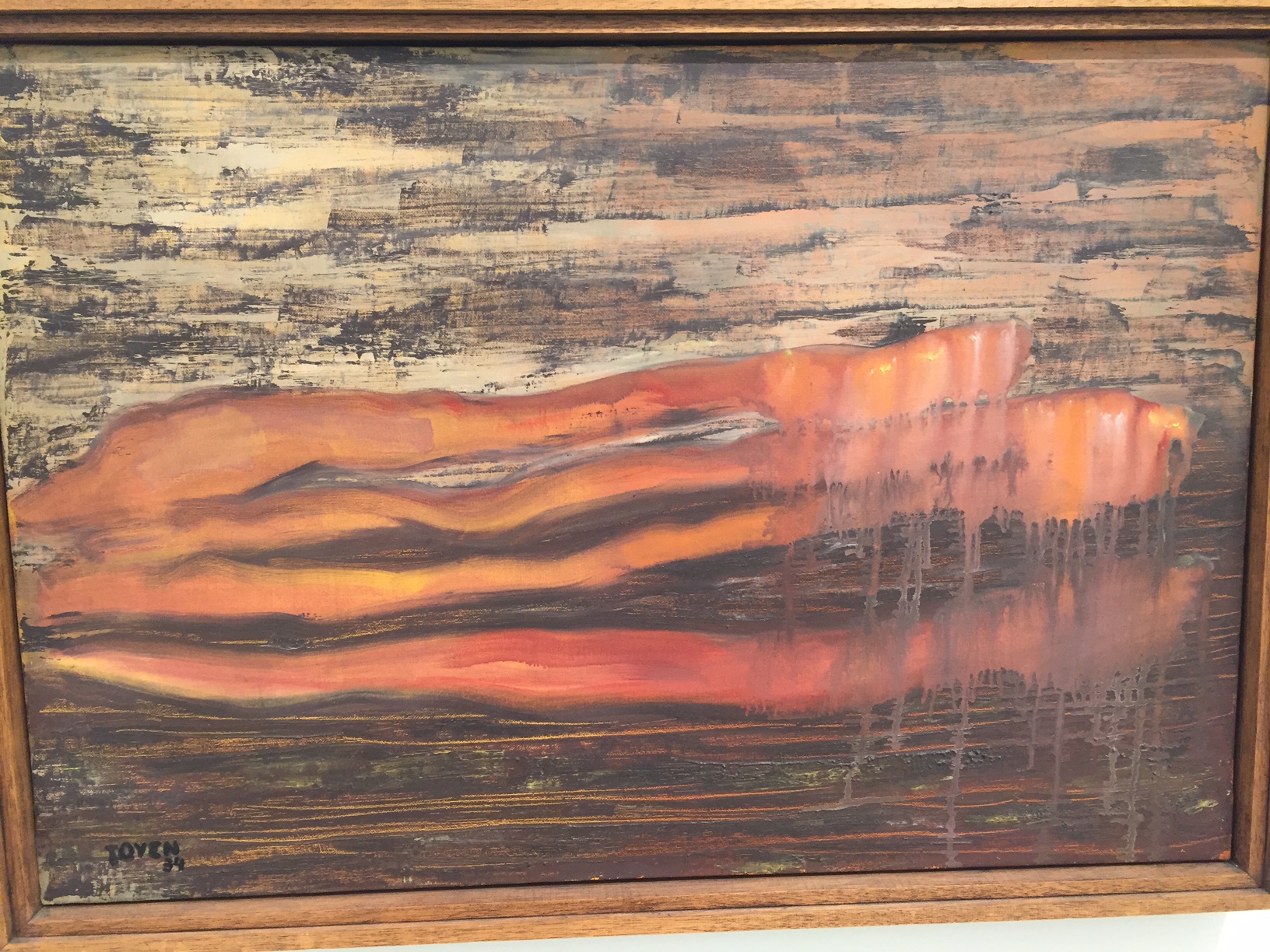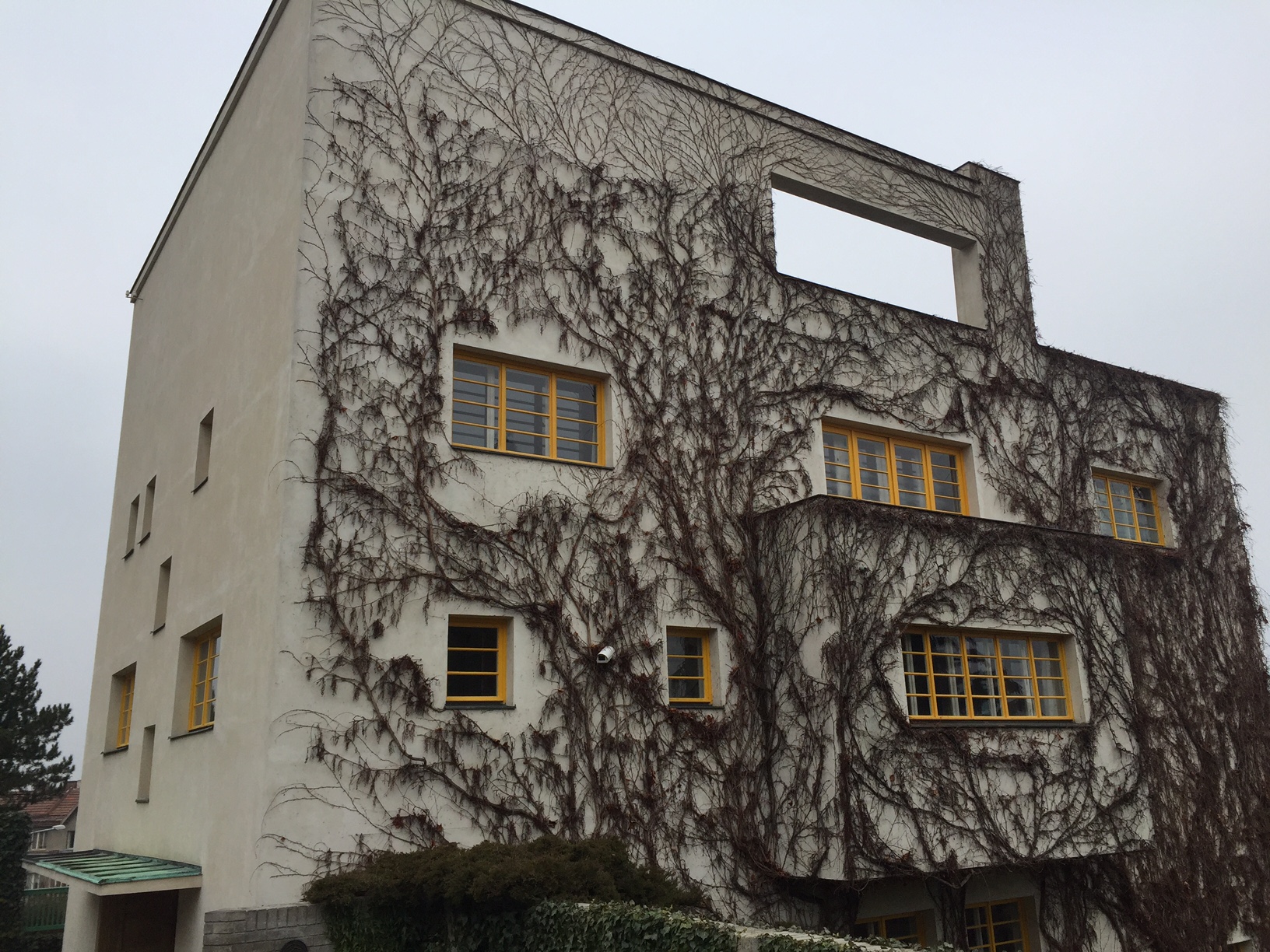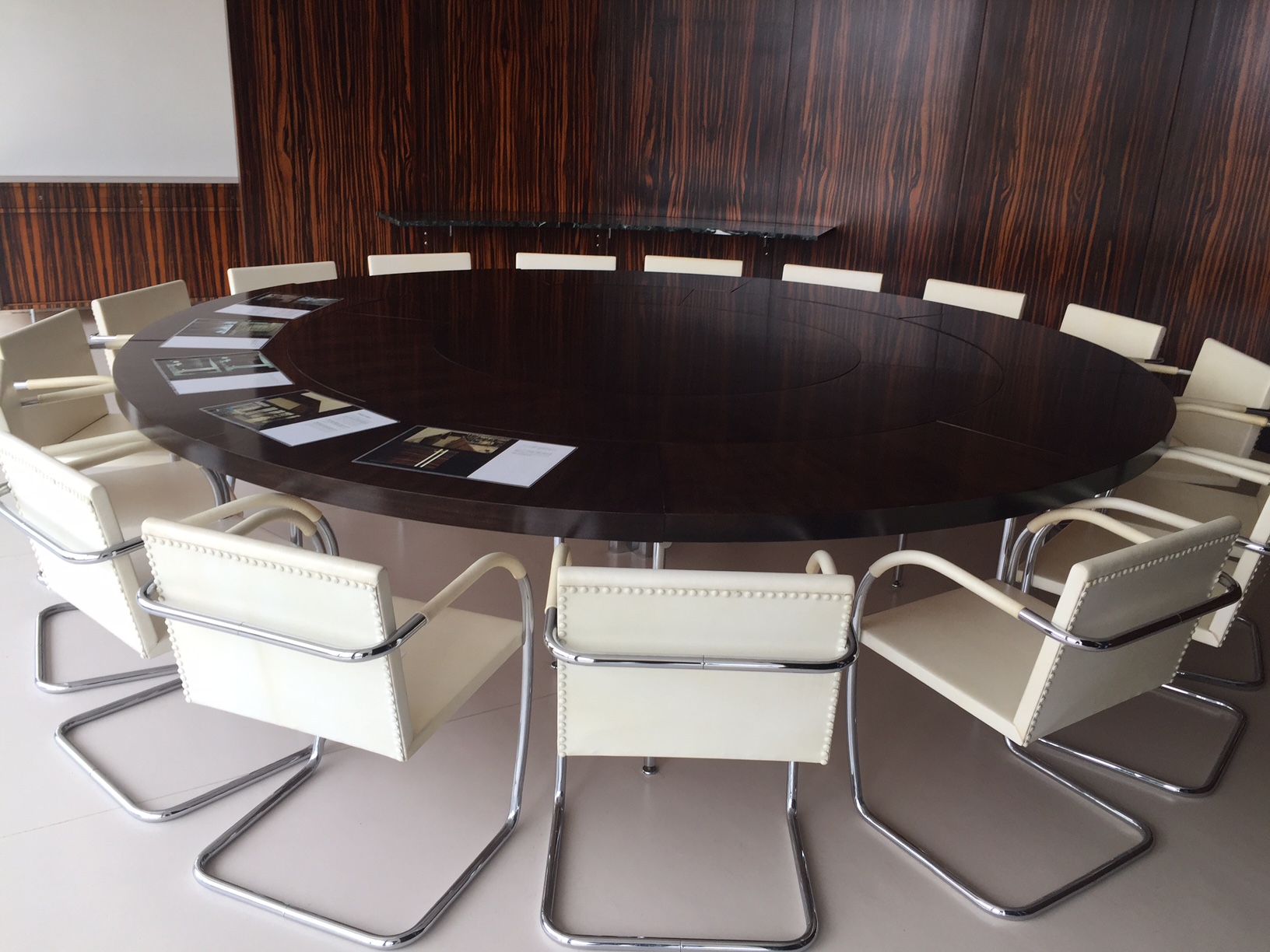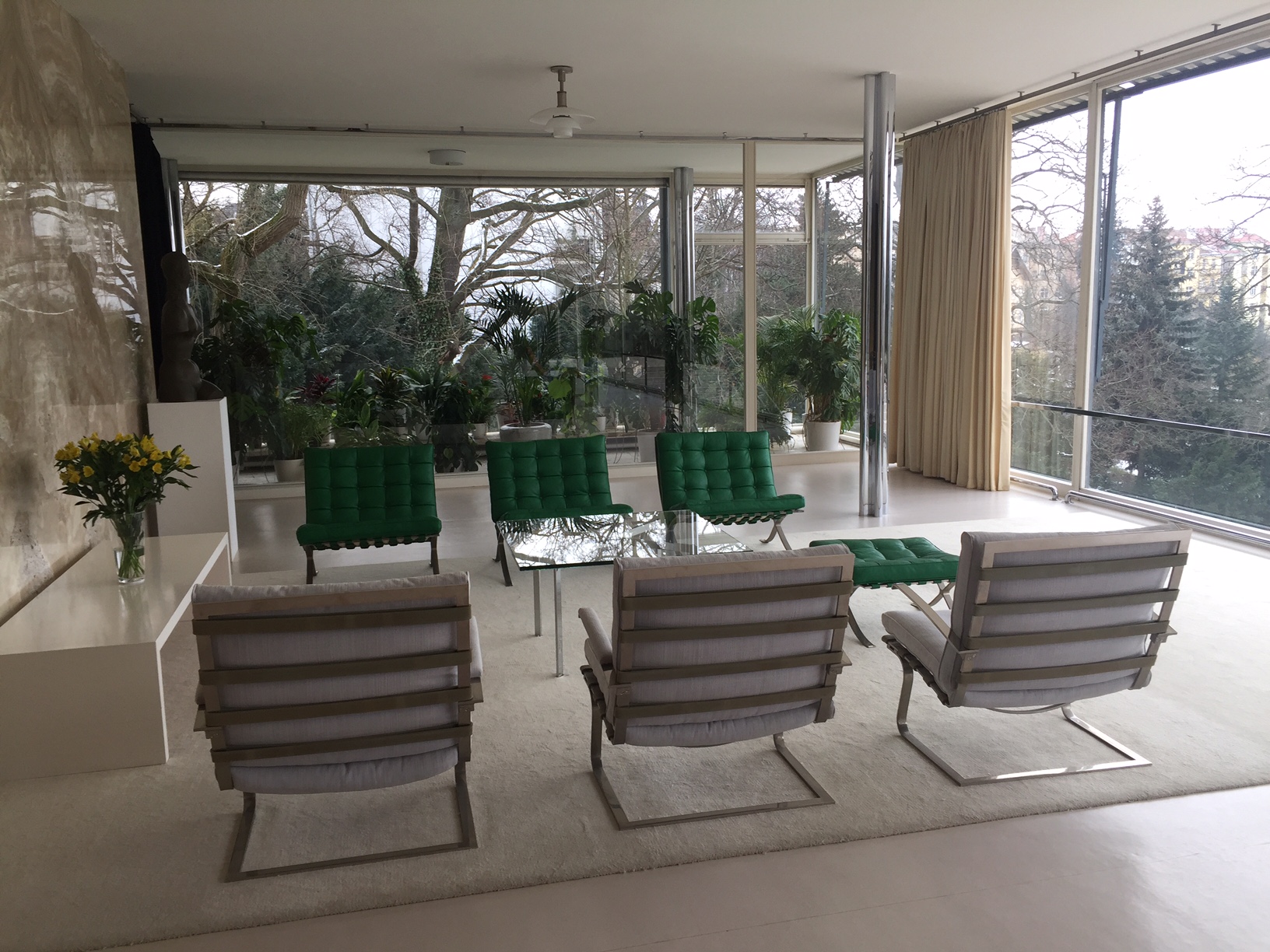In preparation for my trip to Prague, I re-read for the fourth time Milan Kundera’s The Unbearable Lightness of Being. In the past I have read this when I want an erotic, romantic novel but also when I need reminding about how manipulative men can be even when you are brilliant and devoted or sexy and independent. But this time I read it for its scenes of Communist Era Prague which was to be my focus, unlike most tourists who go to Prague for the cupcake architecture which though absolutely beautiful in its art nouveau/art deco splendor was not the Prague I was seeking. Somehow in these darker times, the more utilitarian architecture is what is speaking to me.
Kundera and Vaclav Havel are the twin lit/pol lights of post-war Czechoslovakia. If the US can elect a reality tv star as president can't we elect a playwright?
Helping me in my search for this more modernist Prague was Insight Cities which specializes in walking tours of some Eastern European and US cities and whom I can highly recommend for their excellent expertise. They referred me out to a local architecture specialist, Alex Went, who is their representative there, a teacher and the founder of a marvelous website The Prague Vitruvius In our half day of express architecture sightseeing, even Alex was able to see some things unfamiliar to him as I am generally intrepid about knocking on doors and ringing bells even if ‘no fly’ zones are clearly posted.
Prior to connecting with Alex I did do my homework. I had received a very favorable winter rate from the absolutely perfectly situated Four Seasons, in the heart of the Jewish Quarter of old Prague. This turned out to be the wisest investment I made as it enabled me to do almost everything either by walking or by tram, only a few Ubers when I ventured to the other side of the river to see the Prague Castle, the least interesting part of my short stay but one I felt I had to incorporate, if only to try to see the Josef Plecnik bits that are very difficult to access as they are in the Presidential wing of the castle and still in use. It is 100% worth the splurge and rates do go down in low season.
I thus was able to visit in an afternoon all seven nearby synagogues plus the famous Jewish cemetery and because it is winter, I did not have to wait on lines and had the places mostly to myself. This turned out to be ideal as it’s the right atmosphere for seeing the small but very different structures, the last remnants of a once thriving quarter. The Spanish synagogue with its mosaic and the grand Jerusalem synagogue, also in the Spanish mode were to my mind pale comparisons of the ones one can actually see in Andalucia in more pristine, un-repainted states. My heart instead stopped at the Pinkas synagogue with its newly repainted but still evocative list of names of families who perished during WW 2 and the tiny but most ancient Staronova synagogue with its double nave and wooden choir stalls for male only parishoners more common in old churches(women sequestered outside naturally. Don’t get me started) I returned to the Maiselova synagogue one night for an hour long concert (this is a feature that is under reported, on most or many nights one can hear hour long concerts at the synagogues before dinner.) In my case I saw Jarmila Vlachova, accordianist and Miroslav Vilimec play a vibrant, diverse program including the John Williams theme from Schindlers List which just about made me weep. Dinner at Mincovna, just around the corner a local restaurant that has a mid century twist with excellent local fare was the perfect segue.
In our speed tour of Prague architecture, only some of which I am sharing here, I found plenty of remnants of Communist and between war architecture and statuary. Highlights were three churches: the first a Hussite Congregational Church filled with reliquaries next to an austere but rich interior with a sloping floor, a Plecnik church I could not see inside, and the St Wencelas church which has an unusual pale rose colored stained glass window of Saint W atop his horse. Went knew the quickest routes to everywhere and took me into the subways which also have a trove of Communist wall art which although very poorly maintained is still wonderful and into the outskirts of the city near where he lives and where an intellectual community of single family houses still exists along with Communist monuments that were very appealing.
That night I walked from the hotel just across the street to the Rudolfinum, a grand but acoustically undistinguished concert hall, to hear the Pilsner Symphony under the direction of Kirk Smith, a young American, play Rach 3 and Dvorak 9. Again, as in Berlin, the place was packed with well-dressed young people, date night at the symphony. Again, I bemoaned our impoverished US culture which does not incorporate enough music ed to get our kids up to speed.
A visit to the Villa Muller, Adolf Loos’s impressive single family home which has been lovingly restored and curated and the Villa Rothmeyer, Plecnik's protégé's home which though much more pedestrian has a central stairway to die for, were a rich domestic interlude. Along with me on my tour was a young woman wearing an orange shortie jumpsuit with a cold shoulder shirt –it was only 30 degrees out but this did not seem to bother her in the slightest. My toes were cold in Prague almost all the time, but the absence of tourists in this wintery moment was a small price to pay..
Finally, I saw the Communist Era building Expo 58 which had been the Czech pavilion at the Brussels Worlds fair which had exhibitions designed to show off each country’s specialities, in this case work, leisure, and culture
According to the literature, “the portrayal of technology as a force for good in the world resonated, in particular, with the committee putting together the program for the Czechoslovak Pavilion, which had its own motto, 'we live in 1958, the year of technological miracles, when all is possible.'” Multimedia theater shows like Laterna Magika a particular Czech speciality of live shows in front of films were in repertory and still exist in the capital.
The modern branch of the National Gallery in Prague Trade Fair Palace admired by Le Corbusier is another earlier building which intrigued with a wonderful collection of Czech surrealists unknown to me (see examples below). The museum, (which also has some Picasso treasures I had never actually seen), is the perfect austere setting for these small gems.
On the way south to Vienna I jumped off the train in Brno and went to the famous Mies Van der Rohe Villa Tugendhat which was simultaneously being scouted for a feature film location, much like the Villa Necchi was the star of I am Love. This villa also would upstage any actors. It has been impeccably restored and is one of the Iconic Houses which deserve a special trip. Mies had an unlimited budget from this wealthy Jewish textile family and it shows in the window construction, the furnishings, even the heating systems. When the client asked him to lower a doorway because he was afraid of it not being safe for the children, Mies threatened to walk off the job. A classic architect diva did produce a stunning building.
Kundera was born in Brno into a musical family and I was sorry not to have more time in this city which also boasts modern architecture. He was exiled in 1979 and in 1981, he renounced his Czech citizenship and became a French citizen. He is still alive, at 88, but famously reclusive. His spirit lingers however in his books and in the Czech Republic and wherever women who are struggling with their men are found.
(See slideshows below)
